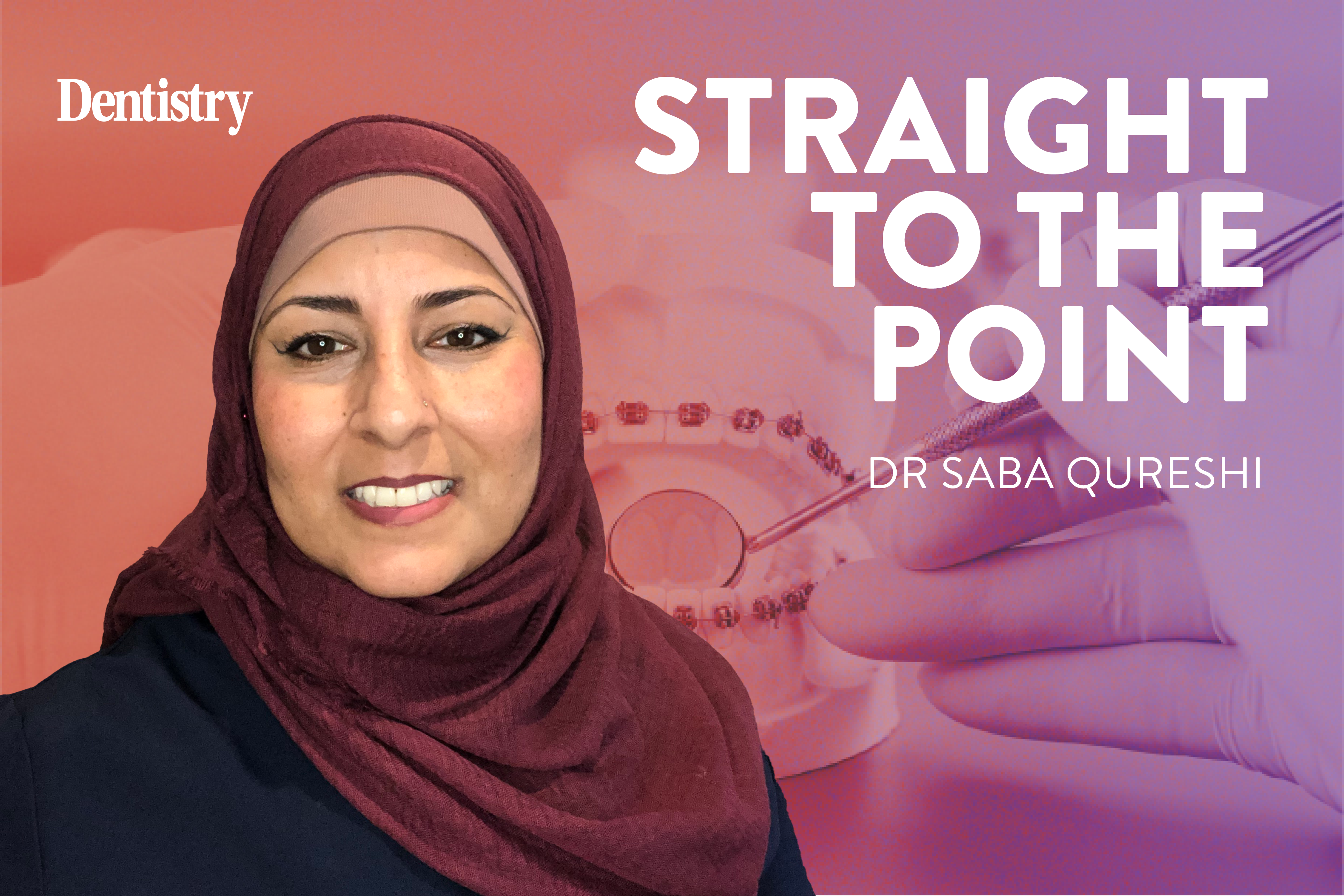
Saba Qureshi discusses how orthodontic treatment impacts patient wellbeing and whether it differs for each type of treatment.
It has been well documented that smiling is good for our physical and mental wellbeing. Smiling releases feel-good neurotransmitters, such as:
- Endorphins: the body’s natural pain reliever. Levels may also increase when you engage in reward-producing activities such as eating and working out
- Dopamine: associated with pleasurable sensations, along with learning, memory and more
- Serotonin: helps to regulate your mood as well as sleep, appetite, digestion, learning ability and memory
- Oxytocin: essential for childbirth, breastfeeding, and strong parent-child bonding. Can also help promote trust, empathy and bonding in relationships.
These ‘happy hormones’ boost our mood, help to alleviate stress and relax our body.
There are many people, however, who avoid smiling because they are conscious of the appearance of their teeth. They turn to orthodontics as a means to regain confidence in their smile.
Oral health-related quality of life
But does having straighter teeth and a nicer smile really effect a persons health and wellbeing?
To answer this, we need to look at the impact of orthodontics on oral health-related quality of life (OHRQOL). OHRQOL is defined as ‘the absence of negative impacts of oral conditions on social life and a positive sense of dentofacial self-confidence’.
Oral health is related to quality of life through oral function, overall health, self-perception, social acceptance and social interaction.
Historically, dental appearance has been linked to social standing within communities, such as shaping or filing of teeth or embedding of jewels. And it’s easy to see how poor dental health, such as periodontal disease leading to halitosis or dental caries resulting in pain and discomfort, can impact one’s social interactions with their peers.
This can also be applied to many orthodontic patients. Malocclusions affect the smile, which is a fundamental part of facial appearance and emotional expression.
Furthermore, the aesthetic impact of a malocclusion can negatively impact quality of life, social interactions, interpersonal relationships and psychological wellbeing. This becomes particularly relevant when considering the adolescent population, who often suffer from name-calling, intimidation and teasing as a result.
Malocclusions and wellbeing
While we may all have anecdotal evidence that orthodontics can improve the OHRQOL for our patients from patient feedback and rave reviews, it is important to reflect on whether this is a phenomenon experienced across the field.
Studies have shown that the key drivers for adolescents seeking orthodontic treatment are:
- Aesthetic concerns
- Functional issues
- Pain.
It is similar for adult patients, with more focus on restoration of function and relief of discomfort.
Unsurprisingly, patients that present with more severe malocclusions experience a greater negative impact on quality of life with respect to those without malocclusions or with milder malocclusions.
It has been noted that such patients’ emotional and social wellbeing is affected by their malocclusion. For adolescent patients, social acceptance has a direct affect on their quality of life, with aligned teeth contributing to their peers’ perception of beauty, intelligence and success.
Wellbeing throughout treatment
OHRQOL is also dependant on the stage of treatment and the type of brace used to correct any given malocclusion.
If we look at fixed appliances, studies show there is generally a reduction in OHRQOL in the initial week after having braces fitted. This can be attributed to the initial discomfort, difficulty in eating and speech and the additional effort required to maintain adequate oral hygiene.
Of course, those patients who require extra-oral appliances such as headgear suffer a greater reduction in OHRQOL during this phase of treatment due the impact on social interaction and embarrassment.
However, OHRQOL improved during and post-treatment for all patients, and they reported better quality of life and, most importantly, self-esteem following orthodontic treatment.
One might assume that clear aligner therapy results in a better OHRQOL when compared to fixed braces, given the initial niggles that patients may experience with fixed braces. And while patients in fixed appliances report having more pain, difficulties in sleeping, impaction of food and irritations on the tongue and cheeks after the first week of treatment, interestingly no differences are noted in total OHRQOL ratings between patients treated with clear aligners and conventional labial, metal appliances at the start and the end of treatment.
Guaranteed improvement to wellbeing
This means we can offer patients the full range of orthodontic treatment options suitable for correction of their malocclusions, safe in the knowledge that, whichever brace is decided upon, they’re guaranteed an improvement in their OHRQOL.
I remember clearly a lovely patient of mine was very conscious of her crooked smile, so she often avoided showing her teeth when smiling. Having fitted her aligners I sent her on her way and was surprised to see her grinning from ear-to-ear at her next visit.
I welcomed her newfound confidence, but asked what had changed. Her response was that she no longer felt she had to hide her smile as people could tell she was doing something to correct it, so she felt the stigma of crooked teeth had been lifted from her shoulders.
The difference orthodontics can make to an individuals life never ceases to amaze me!
Catch up on previous Straight to the Point columns:
- How can orthodontics contribute to the green agenda?
- How can orthodontic patients benefit from social media?
- Adult orthodontics: does treatment really take longer?
- Fixed retainers: are they worth the hassle?
- Buccal corridors: who cares?
Follow Dentistry.co.uk on Instagram to keep up with all the latest dental news and trends.


